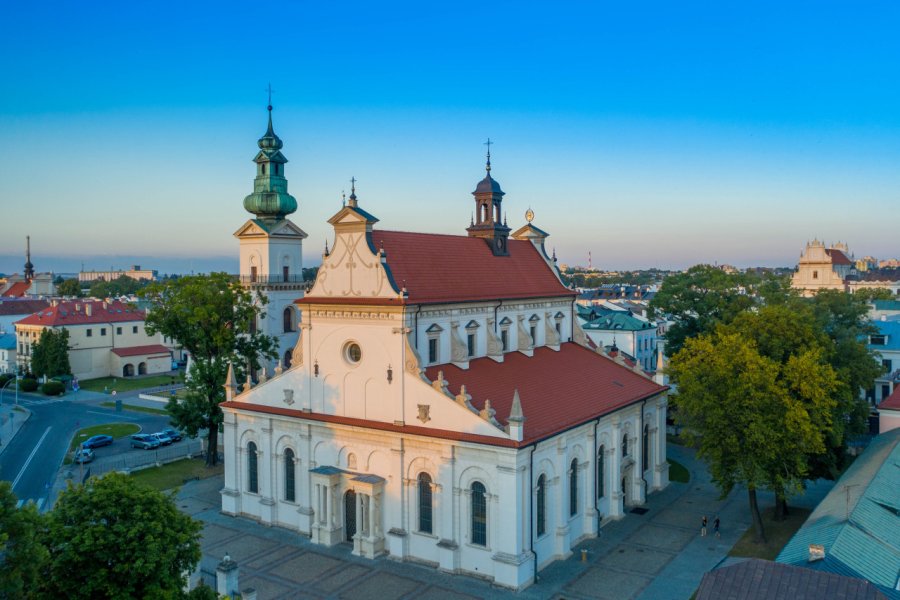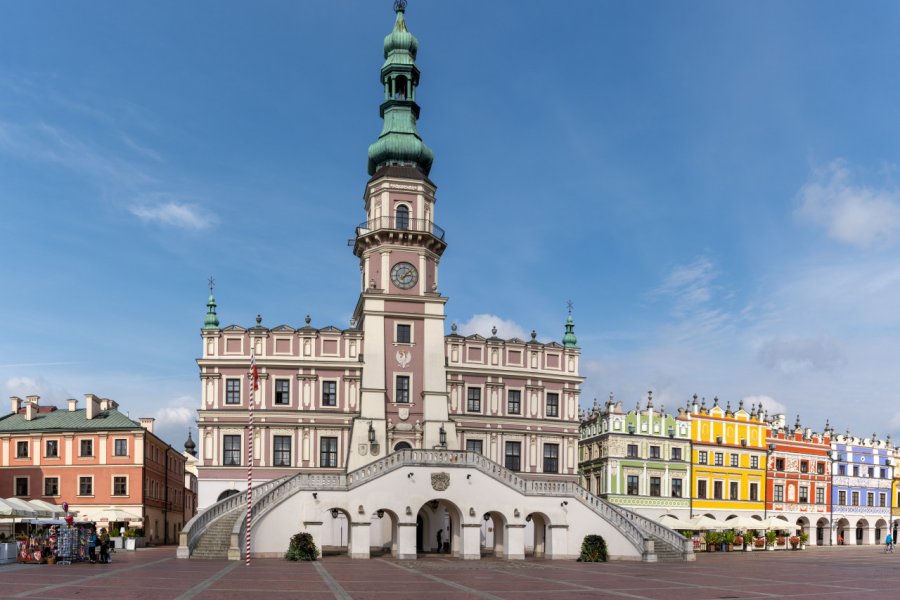Travel Guide Zamość
Find an accommodation
Advertising
Isolated in the middle of a particularly rural region, this Renaissance pearl has something to surprise. A fortress city, called the "Padua of the North," Zamość is a new city, a crazy project born in 1580 from the mind of Jan Zamoyski, chancellor and hetman, magnate and great humanist. The city was built on the plans of the Italian architect Bernardo Morando, to whom we also owe the realization of the palace, the arsenal, the collegiate church, the town hall and the houses on the large Market Square. The city is an example of the noble cities, which were entirely owned by large magnates in the East and were a source of tension with the crown and with the locals who resented the colonization, which was often carried out by Catholic Germans and Jews. The model city flourished in the mid-17th century. At that time, the hetman and his successor were surrounded by nobles and intellectuals, and trade and crafts flourished. Austrian in 1772, it became Polish again in 1809, then Russian in 1815. Occupied by the Nazis during World War II, Zamość took the name Himmlerstadt and became the "eastern bulwark" of the Third Reich, a center of Nazi colonization. In July 1944, Zamość was occupied by Stalin's army. The city emerged almost intact from the war and to this day is arguably the highlight of the Lublin region. It is listed as a World Cultural Heritage Site by Unesco, which is funding the restoration work, in order to return the city to its former glory.
What to visit Zamość?
Advertising
Weather at the moment
Advertising
Organize your trip with our partners Zamość
Transportation
Book your plane tickets
Car Rental
Boat rental
Accommodation & stays
Find a hotel
Holiday rental
Find your campsite
Tailor-made trip
Immersion travel
Services / On site
Activities & visits
Find a doctor














